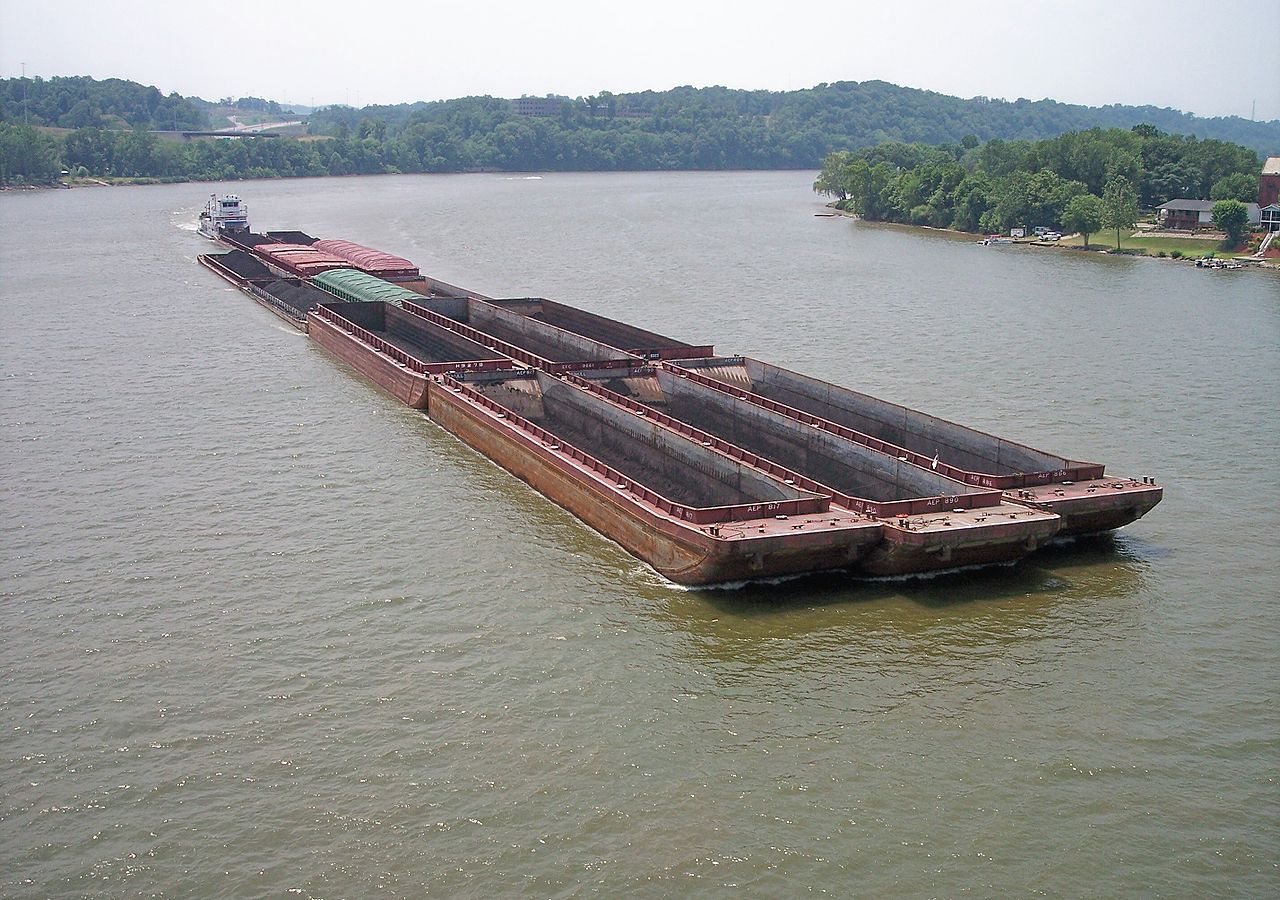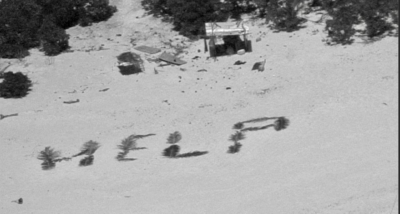(Bloomberg) — Peabody Energy Corp., America’s largest coal miner, is back.
After almost a year in bankruptcy, the St. Louis-based giant began trading again on the New York Stock Exchange on Tuesday. Its return to Wall Street comes as the entire U.S. coal sector is staging a comeback amid growing interest from investors.
Shares opened at $32 and were trading at $29.95 as of 10:45 a.m. in New York. The company, which at its height was valued at almost $24 billion, has a market capitalization of $2.1 billion, according to data compiled by Bloomberg.
Rival Arch Coal Inc. emerged from bankruptcy in October. Miner Ramaco Resources Inc. held the industry’s first initial public offering in two years. And Warrior Met Coal LLC is planning its own. They’re all riding a rally in coal prices, which skyrocketed last year after China decided to cut its output. U.S. natural gas futures have meanwhile climbed, making coal a more attractive alternative for power generators, and President Donald Trump is rolling back regulations on the industry, vowing to bring mining jobs back.
“We look forward to this next phase in our company’s history,” Peabody Chief Executive Officer Glenn Kellow said in a statement Monday. “Coal remains an essential part of the energy mix, and Peabody is the largest U.S. coal producer.”
The industry’s recovering from a market collapse that, just a year ago, sent coal prices plunging to their lowest level in over a decade. The downturn forced shut hundreds of U.S. mines, leaving thousands out of work. Peabody, which produces more tons of coal than any other U.S. miner, is returning with about a quarter of its old debt levels and plans to focus on the thermal coal used by power plants — a fuel it can extract from mines in Wyoming and Australia that analysts including Clarksons Platou have ranked among the world’s lowest-cost operations.
Metallurgical coal rallied by the most in four years after damage from Tropical Cyclone Debbie hit shipments from Australia, the world’s largest producer of the steelmaking component. Spot prices rose 0.6% to $176.80 a metric ton Tuesday, after soaring 15% a day earlier, according to The Steel Index. Monday’s jump was the biggest daily gain in data going back to May 2013. Thermal coal gained 6.2% to $88.05 a ton on Monday.
The miner may chart a conservative path forward, focusing on keeping debt levels low and staying profitable, Jeremy Sussman, an analyst at Clarksons, said in a note. That means avoiding decisions like a 2011 one to spend $4 billion to acquire Australia’s MacArthur Coal Ltd., an ill-timed, debt-fueled bet that metallurgical coal prices would stay high. Prices promptly crashed, ultimately driving Peabody into bankruptcy.
“The Bruce Springsteen classic Glory Days, ode to ‘boring stories of glory days,’ is appropriate for how investors should view Peabody,” Sussman said in a March 30 note. “Peabody has traditionally been thought of as the bellwether of the coal space, the largest and most diversified non-Chinese coal player, built to withstand almost all market conditions.”
U.S. coal production plunged by almost 40% under President Barack Obama as the industry faced competition from cheap gas and pressure from tighter regulations on pollution from power plants. Trump has already begun lifting regulations on the coal sector, including a ban on leasing on federal land. He promised during his campaign to bring back mining jobs, a prediction even coal companies have hedged.
"It’s not going to bring back jobs right away," Robert Murray, the CEO of miner Murray Energy Corp., said of Trump’s initiatives in an interview last month.
Bloomberg News by Tim Loh





